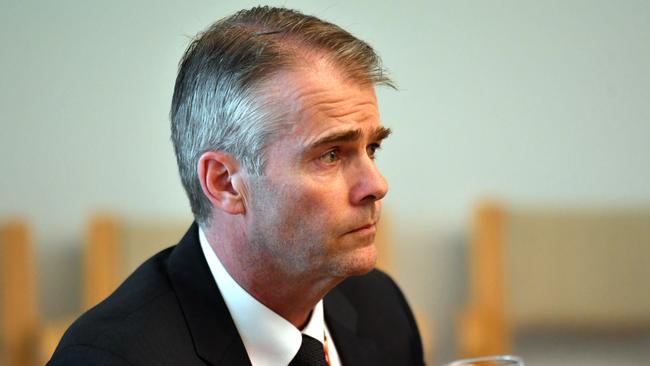Almost 200 aged-care homes on the brink
Nursing homes across Australia are operating at an unacceptably high risk of insolvency, analysis reveals.

Almost 200 nursing homes with about 50,000 residents across Australia are operating at an unacceptably high risk of insolvency, analysis by a leading aged-care advocacy group reveals, bolstering its case for a $1.3bn pre-Christmas cash injection by the government.
Leading Age Services Australia says an accounting study of all residential aged-care centres shows the assets of 197 providers would fall short of enabling them to pay their current liabilities, excluding refundable accommodation deposits.
LASA chief executive Sean Rooney said the scale of the risk was “alarming for residents, their families, staff, providers and the government”. “These new figures reveal the dire situation facing many services, and LASA is calling for a $1.3bn government injection,” Mr Rooney said.
He said the “costs to deliver high-quality care continues to grow, while the subsidy from government has stagnated’’.
“Salaries have gone up, with minimum wage increases of between 3 and 3.5 per cent for a number of years, but the government subsidy increase for the last three years has either been zero or less than 2 per cent,” he said.
The aged-care royal commission’s interim report released late last month recommended as one of three priorities an immediate injection of more government funds into in-home care services. LASA argues the $1.3bn that residential aged care requires should come on top of that funding.
Mr Rooney said the needs of those living in residential aged care were getting progressively higher as people entered nursing homes later in life, and with higher levels of need. “If there is no action from government on this, there is the risk of missed care and the threat of service failure and closure,” he said, noting three residential care facilities in NSW and Victoria had recently closed.
A recent aged-care financial performance survey by chartered accountants StewartBrown revealed over half of residential providers operated at a loss in the 2018-19 financial year, climbing to over two-thirds in regional areas.
The analysis came as a federal inquiry by former ACT chief minister Kate Carnell into the closure of the Earle Haven nursing home on the Gold Coast provided its final report to government, concluding that a dispute over $3.9m had led to 69 residents being forced to leave in a mass evacuation in July, and have not been able to return since. Eight of the 69 residents were sent to hospital after the evacuation. Three have since died, one after a fall during the evacuation.
“The inquiry’s view is that senior management of both companies allowed personal animosity and financial considerations to override their responsibility for the people in their care,” the report said, adding that the regulator had failed to engage critically with information received or follow through with necessary action.
The report made 23 recommendations to improve federal oversight, including subcontracting and commercial arrangements, all of which have been supported by the federal government.
Aged Care Minister Richard Colbeck said the recommendations for greater regulatory oversight were already being acted on, particularly the move to give more regulatory power to the Aged Care Quality and Safety Commission.
And it had already delivered on the major recommendation regarding the obligation to report changes in key personnel, he said.




To join the conversation, please log in. Don't have an account? Register
Join the conversation, you are commenting as Logout